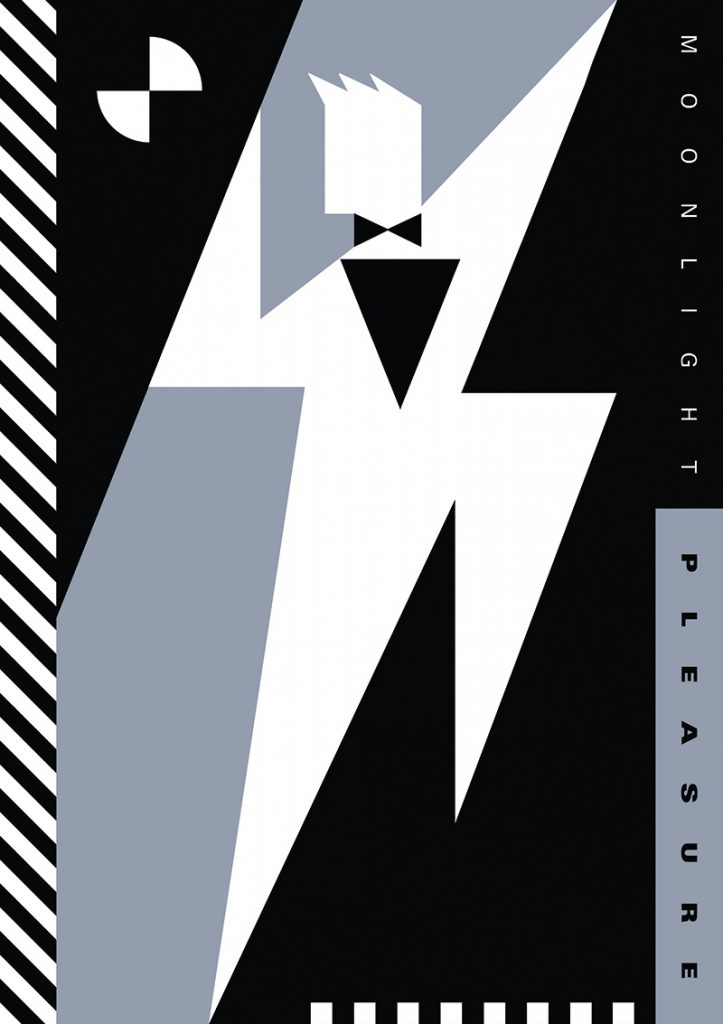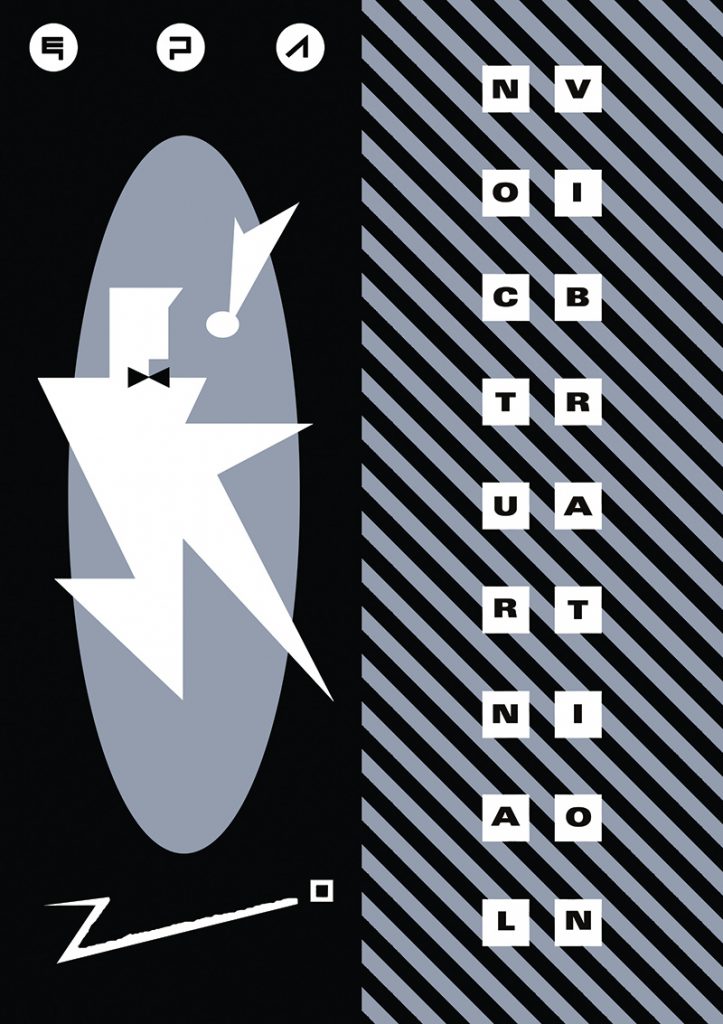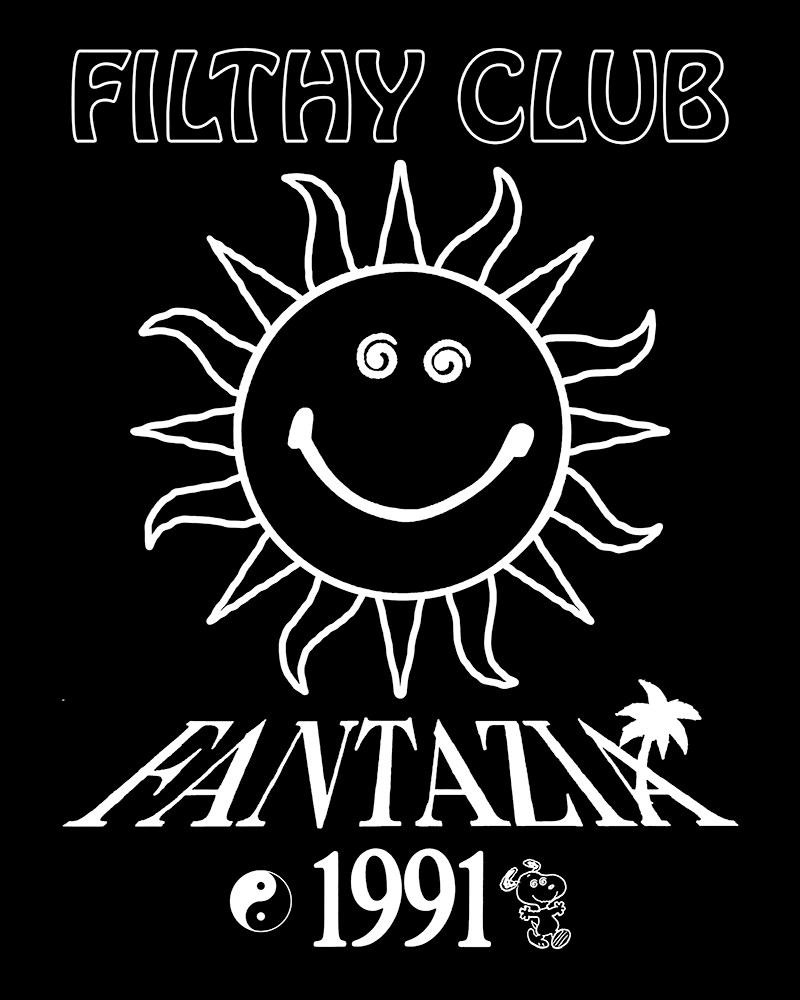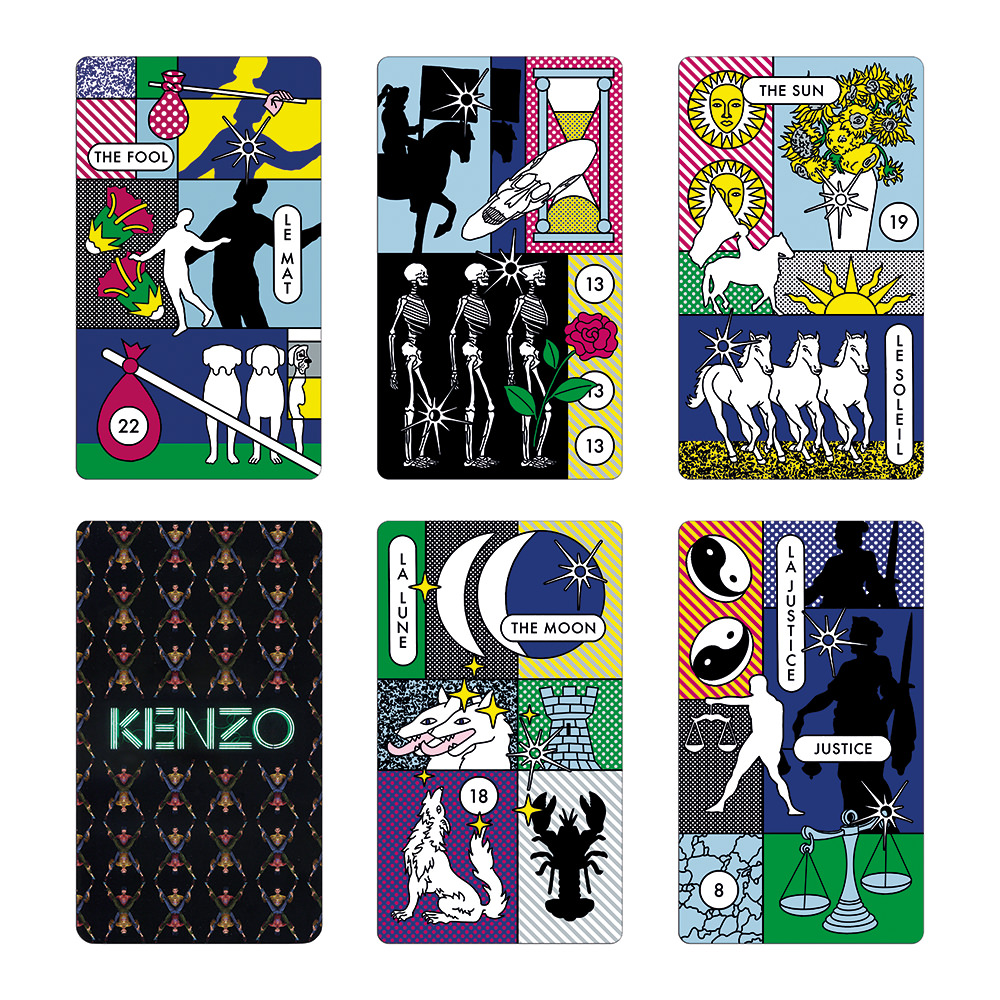Michael Willis
With Soraia Martins
There are times in life when you just know that you have something that will leave you awestricken for a very long time, thinking about all the possibilities life can bring you if you work hard and pursue a creative, selfless path. In that crazy instant, there is something that will keep you continuously interested in discovering more and more about it. This happens to me almost on a daily basis; really, mainly when I am browsing for artists, illustrators, musicians, or any other fruitful eminence online and I am able to find the perfect correlation between two chief things: first off, stories that are being told through color, patterns, and lines—visible matter, details that you can visually hold on to; secondly, those inherent elements that portray what the artist is all about, whether influenced by third parties or just what is going on in his mind, which I have learned over the years is always prompt yet insane ideas about how you can change the present and improve the future.
SM: A quick glance is not enough to fully appreciate every single graphic layer of your work. How would you deconstruct it and what kind of visual language are you conveying through it?
MW: I have always tried to make rich imagery; for me it is more about the construction, finding exciting links, and projecting ideas for the reader to deconstruct. I do not think I necessarily convey a specific visual language, more an amalgamation of many.
SM: There is a clear mash-up of influences and mediums, from psychedelia through pop culture, and digital references. Do all of these comprehend your own style or genre? Is it a goal of yours to portray a specific trademark style to your work?
MW: I am definitely influenced by many things. I am interested in life, music and culture from lots of different places so it is hard to pin an exact point of reference. As an independent designer, I think it is fundamental to bring a unique perspective to your practice—your view on the world is ultimately why people work, pay, and collaborate with you and not the next guy. Certain colors, aesthetics, motifs, and ideas do filter through my work but I would not say I have a specific style—more a methodology or approach which keeps my practice evolving.

SM: Is storytelling something you try to depict in your work? Are you conveying messages that can be sensed in some way, or are the senses a significant part of your inspiration and creative process?
MW: Narrative has always run deep in my imagery. It is how messages are transmitted from person to person and sensing is a big part of it. When you feel drawn to a story, a book, film, whatever, and cannot explain why—it is likely it speaks to you on an unconscious level. Over time, the real truth or message can reveal itself. I always try and collate and consider ideas over an extended period of time, building up layers and discovering unexpected relationships to instill in my work.
SM: Panther Club was founded because you and Lindsey Gooden wanted something that would promote and showcase new and amazing work for your own personal pleasure, but it soon became something bigger. Although it no longer exists, can you describe its genesis and development, both as a platform to showcase and a network for contemporary and independent artists?

MW: We started Panther Club back in 2009. It was a personal project that gained momentum and grew. With Tumblr now, it is really easy to find great imagery, but in 2009 we did not feel there was anybody sharing the stuff we wanted to see. We started a blog and people really took to it. Over five years we worked on lots of different projects, publishing prints, putting out mixes, initiating collaborations and organizing exhibitions. We collaborated with a lot of our favorite artists and made a lot of good friends. At the end of 2013, I decided to archive Panther Club and focus on its successor worldwide, imgltd.org.
SM: IMG LTD has been created as the happy successor for Panther Club, as you said. What can you unveil about this brand new platform you have been working on and how does IMG LTD differ creatively from Panther Club and how will it stand out from other art platforms/networks?
MW: The best way to describe the difference between P/C and IMG LTD is that digital could not existed pre-analog, and analog cannot become what digital now is. Panther Club was analog and IMG LTD is digital. With the current saturation of image culture and the influx of data on the internet, we exist to create order out of the chaos. IMG LTD is a progressive publishing and collaborative network sharing what we consider to be exciting, new, and progressive—promoting stimulating ideas from intelligent people. We also act as an experimental design and research studio, facilitating projects and collaborations from a global network of future-orientated creative people. We have no plan to stand out from the crowd, instead believing everything must co-exist.

SM: One can easily interpret and connect most of your works to music. Although not something you can actually see, how has music influenced you, visually speaking?
MW: I am very much influenced by music. I listen to music most waking moments. It helps set tone, pace, and perspective. Aesthetically speaking, I might use motifs, typefaces or colors associated with a specific music culture if it reflects the project I am working on. Recently, the most predominant influence has been a rave culture aesthetic, but in a few months’ time who knows?
SM: How do you feel about the editorial and print industry nowadays? Is it still an industry per se or have things changed so much one can no longer account for it as an actual industry where everyone can step in? Do you see yourself as part of it or anything similar to it?
MW: I find this hard to answer as I do not feel I have been around long enough to really experience the shift. If you were to ask somebody that was active pre-internet, then you might get a different response, but for me digital has been fundamental to the evolution of our consumption of information. Things change. I love print, but to say that there will be nothing better in the future seems ludicrous! There will always be an industry for sharing ideas and information no matter what format it comes in.

SM: As a graphic artist and designer showcasing a pioneering style, what do you feel is your greatest daily battle?
MW: Staying focused—I am interested in a lot of ideas and aesthetics, so making sure I do not deviate too much is a big one! I always try and challenge myself with color, style, and process, getting involved as much as I can with the production of the things I design. Editing is really important to me too; identifying what works and what does not is an ongoing practice and a skill to be good at. If something is not right, it is wrong, and having to power to self-edit can be very liberating.
SM: Do you think London is still the place to be when it comes to independent entrepreneurship or is this idea of everlasting creative opportunities fading?
MW: I have always worked around London, so it is hard to answer that objectively. The boundaries are definitely blurred now, I would probably say 70% of the work I do is actually with clients outside of the UK. I do not know if there ever was a golden moment of everlasting opportunity, things move so fast now on a global scale—if you want to be successful I think you have to be active, contributing to the future, not just consuming it! III